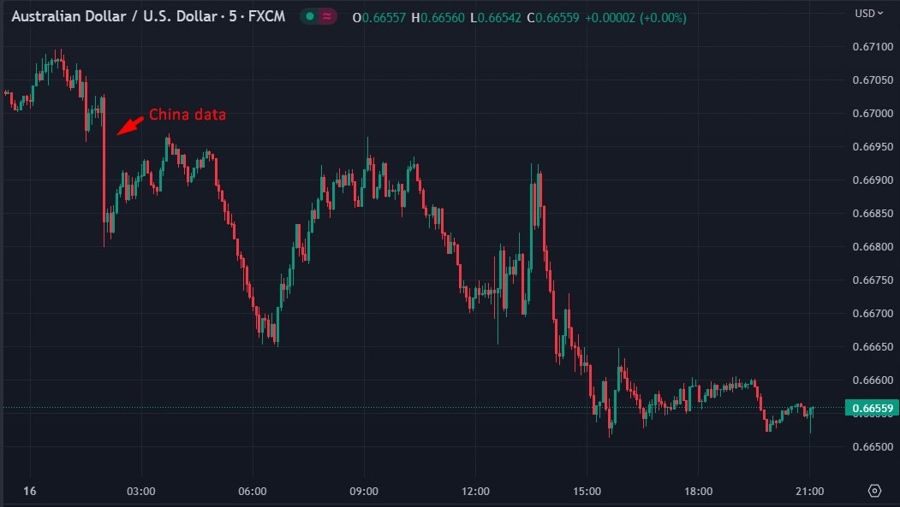This
is via the folks at eFX.
For
bank trade ideas, check
out eFX Plus.
For a limited time, get a 7 day free trial, basic for $79 per month
and premium at $109 per month. Get
it here.
- MUFG has indicated that the Australian Dollar (AUD ) is one of the weakest performers among the G10 currencies. This comes in response to the release of weaker than expected activity data from China for April, which has resulted in AUD/USD falling below the 0.6700-level and AUD/NZD nearing the 1.0700-level.
The bank highlights that despite an 18.4% annual increase in retail sales, broader economic activity in China appears to be lagging. This is evident in the disappointing recovery of fixed asset investment and industrial production. Particularly concerning is the deeper contraction in property investment, which declined by an annual rate of -7.2%.
These disappointing numbers suggest that China’s housing market might require additional support from policymakers to stabilize the sector and stimulate a stronger, broader economic recovery. MUFG argues that this loss of upward momentum in China’s domestic economic recovery at the start of Q2 will likely put more pressure on policymakers to announce further stimulus/support measures.
Interestingly, the bank points out that the economic recovery seems weaker in sectors that are more significant for commodity demand, which has yet to rebound as expected due to increased demand from China. This fact, coupled with recent declines in commodity prices, is impacting the outlook for commodity-related currencies such as AUD.
—
I covered the Chinese data yesterday, and the implications both for FX and for stimulus going forward. The eFX stuff above is a bit of a reacp.
One particular snippet from the Chinese data getting a lot of attention is that the youth unemployment hit record 20.4% in April. Chinese authorities will be sweating over this and it makes more stimulus, sooner, more likely.
This article was originally published by Forexlive.com. Read the original article here.
